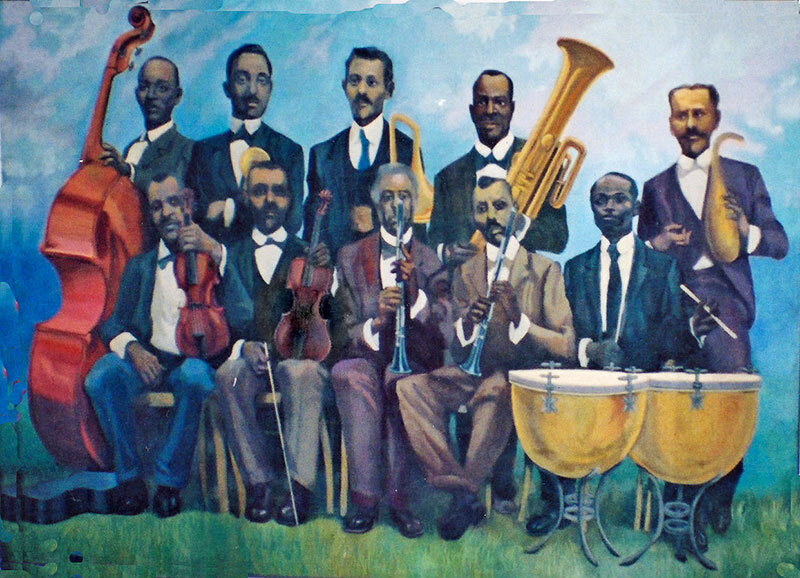by Peter Wong on October 27, 2020
Rita Hargrave and Reginald D. Brown’s documentary “The Last Mambo” offers a wonderful toe-tapping, skirt-twirling historical overview of the San Francisco Bay Area Latinx music scene. It gives plenty of shoutouts to the various types of Latinx music genres available, going from mambo to charonga. Venues which helped spread the music get their due, from the sadly defunct Sweet’s Ballroom and Jimbo’s Bop City to the still vibrant La Pena Cultural Center. For those who want to track down the works of Latin music artists for their collections, a cornucopia of names get thrown out over the course of the film. They include Celia Cruz, Benny Velarde, The Panamanians, Cal Tjader, Conjunto Cespedes, and Pete Escovedo. History fans will enjoy learning about the role of the tardeadas in spreading the popularity of Latin music. These fans will also love hearing why Oakland became the epicenter for the influx of Africans and Latinx coming to the San Francisco Bay Area in the 1940s. All these tunes, facts, and old images are delivered in the film in a nicely punchy style. Add in plenty of footage of people over the years enjoying dancing to the Latinx music beat, and it’s hard to deny the film is an entertaining introduction to a vital cultural scene.
As a caveat, the political aspects of the Latinx music scene get insufficiently developed in “The Last Mambo.” Integrated dance floors admittedly cheese off the racists. Yet the film leaves hanging what else Latinx music means outside of the genre’s infectious rhythms. Does the music symbolize an emotional strength not broken by slavery or other socially unjust arrangements? Does the music offer a subversive message that’s slipped under the awareness of social oppressors? “The Last Mambo” remains silent about such considerations to its detriment. If Latinx music does indeed offer something more than catchy dance rhythms, it’s not unreasonable to ask for help to clue in the average viewer.
Also left up in the air by the film’s end is whether there will still be a Latinx music scene in the San Francisco Bay Area’s future. On one hand, gentrification has led to the closure of such beloved San Francisco Latinx music mainstays as the Elbo Room and Jelly’s on Pier 50. On the other hand, since Latinx music draws its roots from oral traditions, dedicated teachers can help pass the music to interested students. Percussionist Orestes Vilato would add that the techniques for playing the music can be passed on. Possessing the right degree of passion to play Latinx music, on the other hand, comes from the musicians themselves.









